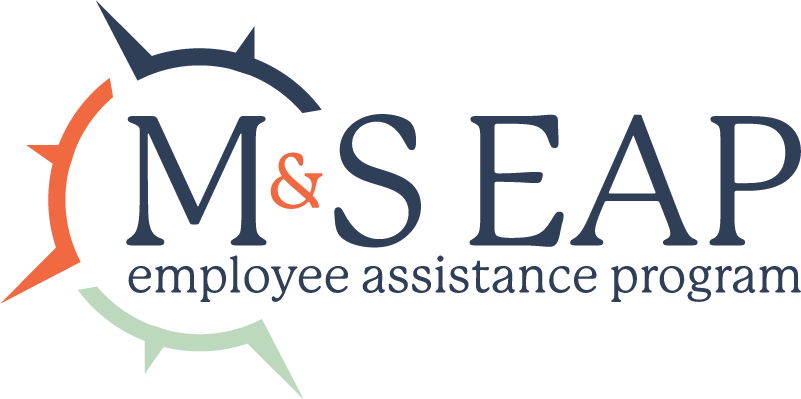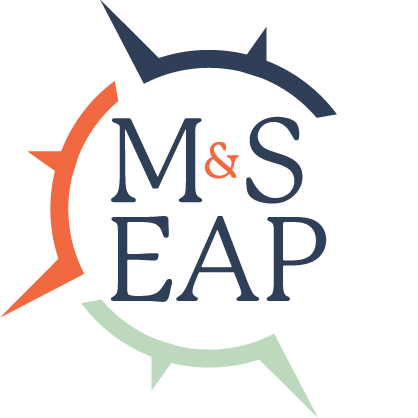Promoting a Culture of Productivity

Employee conflict is one of the biggest enemies to workplace productivity, with employees in the US spending approximately 2.8 hours a week dealing with conflict of some kind. This amounts to one full day per month and 2.5 weeks per year focused on arguments, stress and frustration instead of productivity and results. This isn’t just bad for the business (approximately $359 billion are wasted each year on unproductive time spent in conflict), but it’s bad for the workplace culture and for the health and mental wellbeing of the individuals within the organization.
Studies show that 85% of employees have to deal with workplace conflict. That’s a lot of people doing a lot of arguing throughout the day, feeling distracted from projects and assignments needing completion, calling in sick or even quitting out of anxiety and workplace-induced stress. Quality of life is lessened and work cannot be left at work when you’re worrying about what fresh horrors Monday might bring to your office cubicle.
While these statistics are frustrating and possibly overwhelming, it doesn’t mean there’s nothing to be done. In fact, everything should be done to change the narrative of employee conflict and focus on resolution, hopefully before the real conflict even breaks out. While everyone within the company has the responsibility to keep the gears operating smoothly, so to speak, managers, supervisors and executives, in particular, have a unique role to play in cultivating a culture of peace and openness.
Employee conflict resolution strategies
As with anything, it’s better to act proactively than put off dealing with conflict for extended periods of time. The longer it’s put off, the worse and worse the problem becomes. While no one likes to partake in conflict, it’s always better for a manager to deal with it from the start than avoiding the tension for the sake of the appearance of keeping the peace.
Be time-sensitive
If there’s an employee under your care with a track record of causing difficulties, failing to carry their weight or frequently upsetting other employees, it’s a good idea to take care of the situation as soon as possible. If your employees see you noticing noncompliant behavior and consequently fail to do anything about it, you will quickly lose credibility and respect. To avoid this from happening supervisors should take the responsibility of handling the conflict, and deal with the situation discreetly, kindly and in a timely manner.
Understand your people
What stresses out one individual might not even bother another, what causes one person to quit might bring out the determination in another, and what drives this employee crazy might be a small bother to someone else; everyone is different with their own set of boundaries and limitations. As a supervisor, it’s important to remember this when delegating responsibilities or outlining expectations.
Frustrations arise when people feel overworked, undervalued or taken advantage of; in order to avoid this take the time to understand the people who work for you – know their skills, their passions, what motivates them versus overwhelms them, and do the best you can to take this into consideration when delegating work. When something is overlooked or someone feels overworked, keep the door of communication open to encourage a healthy culture of conversation and problem-solving to work out the issue in a constructive manner.
Take the virtual world into consideration
Communicating over technology, as efficient as it is, can also be difficult without the human element. Emails and texts can easily become misconstrued because they lack tone of voice and body language, two essential components to healthy communication. However, with so many businesses switching to remote work it’s become necessary for supervisors to learn how to effectively deal with virtual conflict.
Urge your employees to use the telephone instead of email to discuss important matters or schedule video meetings for the sake of human connection. In addition, if you are made aware of a conflict, consider scheduling an in-person meeting to resolve the conflict in a neutral environment.
Consider an EAP
Employee assistance programs (EAPs) were created with the one goal of helping employees and employers alike handle everything from; managing deadlines, to counseling for family matters, to conflict resolution strategies. Now, EAPs don’t replace the manager’s role of leadership, but they can (and do!) help mitigate the stress of workplace conflict by providing a professional third party take on the matter. EAP counselors listen to the concerns of their clients – your employees – and work with them to craft effective coping strategies, teach proper ways of confronting coworkers and overall help them manage their own stress, a common cause of workplace conflict.
If conflict resolution is something your workplace struggles with and you find yourself at a loss to handle it on your own, consider instituting an EAP within your company. EAPs, such as those offered through Mazzitti & Sullivan will not only mitigate the stress felt through conflict within the workplace but will offer a healthy, constructive outlet of communication and care for all those under your leadership.
Reach out to Mazzitti & Sullivan EAP for more information today at 800-543-5080.



